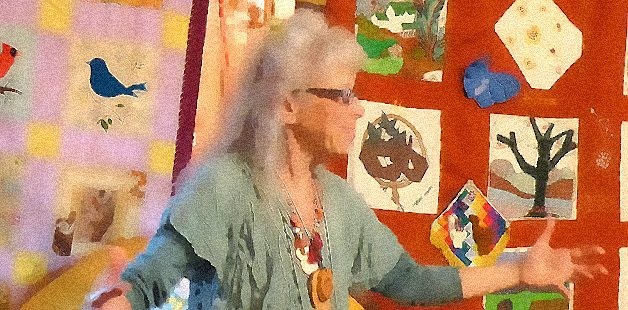FundRaiser Blog
Know Your Organization, part 2
Who Cares Enough about Our Organization to Give Us Money?
Remember the TV detective Kojak, played by the late Telly Savalas, who was always asking, “Who loves ya, baby?” Well, the question fund-raisers need to ask of their organizations is the same, although it is more likely to be phrased, Who cares about us and why?
Let’s go back to the mission statement for a moment. If an organization’s mission statement is truly in sync with what the organization is doing, it provides a way to help identify who cares about it and why. Or put another way, it explains who benefits from the existence of the organization.
For nearly all community organizations there are two primary beneficiary groups:
- People who directly avail themselves of its services.
- A much larger grouping of people who, while they do not avail themselves of its services, nevertheless indirectly benefit because of what the organization does for the community.
That latter group benefits because of its geographic proximity. For example, an arts education organization obviously benefits those who enroll in its classes. They and their families would therefore be high on its list of donor prospects. However, all of those who live within the area from which it draws students also benefit because of the value such an organization has to the community. The availability of arts classes makes the community a better place to live and arguably has an effect on property values and the desirability of the community as a place to do business. Therefore, all of those persons living within the organization’s service area are logically also prospective donors. Business and civic leaders likewise may never take a class, but they too benefit—even more strongly than the pubic at large, it can be argued—because of the positive effect the organization has on a community in which they are even larger stakeholders than the average resident.
Don’t Look To Distant Benefactors
When it comes to the solicitation of corporate contributions, area of service and geography are often important deciding factors. A company rarely gives to a community organization that does not provide service to an area in which a substantial number of its employees either live or work. To put it bluntly, a corporation usually must have a facility or business connection in an area if it is to be successfully solicited.
It is possible for your organization to have a unique quality that would cause people with no stake in your geographic area to care about it enough to provide support. An inner-city housing initiative, for example, might draw the interest of national foundations and philanthropists from other communities because of its potential for replication. But you shouldn’t count on distant benefactors. That would be the exception, and you can’t rely upon the exception for support.
Money usually stays close to home, and conversely when it moves out of your area, don’t expect it to come back for regular visits. Once a big donor, one who may have supported you for years, leaves town, his sense of philanthropic responsibility will be transferred to his new community. While he may remember you fondly and treasure his years of affiliation, he may no longer benefit from your services and therefore may no longer care about you in the same way.
Read part 1 of this article here
Learn more about how FundRaiser can help you acheive your fundraising goals

